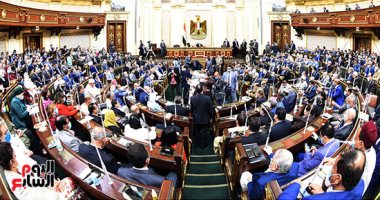
The Senate Financial, Economic and Investment Affairs Committee, during its meeting today, Tuesday, headed by Representative Gamal Abdel Halim, the committee’s representative, continued discussing the study submitted by Representative Yasser Zaki, the committee’s representative, regarding “investment obstacles and incentives to improve the investment climate and encourage foreign direct investment,” and the study submitted by Representative Akmal Najati. Concerning measuring the legislative impact of Law No. 196 of 2008 regarding the tax on built real estate “real estate tax” and its impact as one of the obstacles to investment and industry in Egypt.
The study on investment obstacles confirmed that achieving successful investment experiences lies in the state’s ability to maintain current investments and attract new investments. Therefore, removing the obstacles facing investors’ businesses is a must, during the life cycle of investment projects, in addition to the stage of investment promotion and attraction. .
The study indicated that the natural life cycle of any project consists of three basic stages: the establishment stage, the operation/expansion stage, and the liquidation stage, all of which require the same amount of planning, organization and control. Accordingly, it can be said that among the basic obstacles and challenges of any project are: Investment The weak efficiency of public and governmental business institutions in particular, as their systems tend to be complex, bureaucratic, and lacking in transparency, with the increasing intensity of competition between countries of the world to attract foreign direct investments, especially after the exacerbation of fears of stagflation following the negative repercussions of the Russian-Ukrainian war, and the current and expected increases in prices. Global interest.
The study said that it has become necessary for state governments to accelerate the implementation of integrated plans to improve the investment climate with its various political, economic, social, and institutional components.